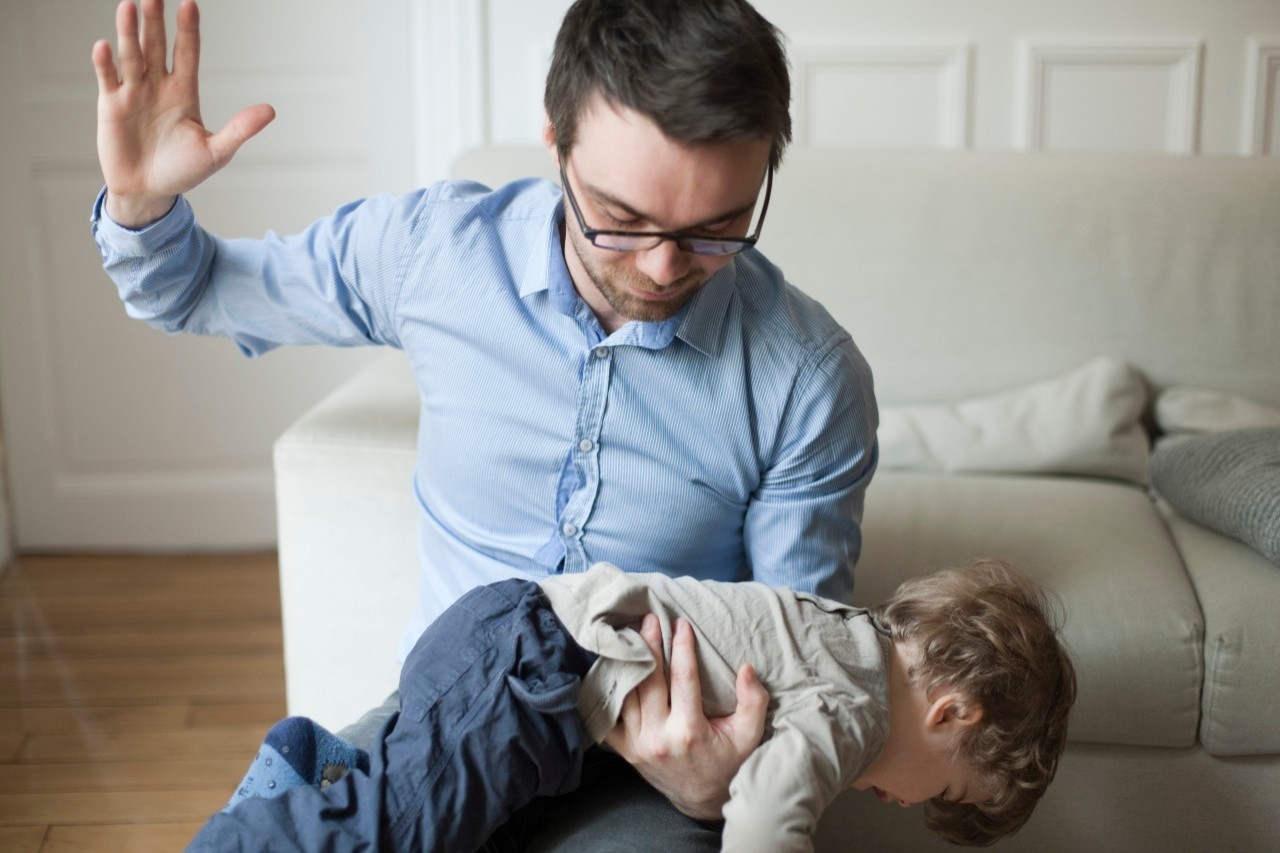What Science Says About Spanking

The debate about the benefits and harms of spanking will always rage on. What science says about spanking: Children become more aggressive.
Nobody likes to be told they’re raising their kids badly.
Spanking — hitting a child on the bottom with an open hand — is common around the world. In the United States, research suggests that about a quarter of toddlers get spanked occasionally. (About 70 percent, on the other hand, get yelled at or given “time outs.”) Around half of 3-year olds get spankings. Parents often say they spank children when they hit or bite or otherwise use mini-might.
It makes sense to think that a spanking teaches kids what it feels like to be hurt, or that if they act aggressively they’ll get an aggressive response, so they should try a different way of communicating.
But the lesson backfires, says Elizabeth Gershoff, PhD, a child development expert at the University of Texas in Austin, and others. She argues that kids don’t change the punished behavior after a spanking. Instead they are more likely to hit others. Monkey see, monkey do. The hurt, not the learning opportunity, becomes the message.
Spanking is modeling violence — mild as it may be.
For example, in one large study over 7 years, with participants drawn from 20 U.S. cities, researchers concluded that children whose mothers had spanked them more than twice a month when they were 3 were more aggressive at the age of 5.
Of course, spanking might be a sign of other problems, particularly unhappy or cold mothers. To check this out, a team led by Shawna Lee, PhD, a professor of social work at the University of Michigan in Ann Arbor, used the same data to look closely at “maternal warmth.” They found that more frequent spankings at the age of 1 predicted that the kids would be more aggressive at the age of 3, and again, more spankings at 3 predicted more aggression at 5 — even if the mothers were cuddly.
The same pattern held in separate research following children through the age of 8. Spanking seemed to put children on the wrong path: they acted out more, and then got spanked again.
One possible reason that spanking doesn’t discourage bad behavior is that parents rarely do it consistently. Spanking may also teach kids to suspect hostility in others.
A number of organizations have issued statements advising parents not to spank, including the American Humane Association, the American Academy of Pediatrics, and the National Association of Social Workers. In fact, the American Academy of Pediatrics encourages pediatricians to talk to parents about alternatives to spanking. The United Methodist Church and the General Assembly of the Presbyterian Church, USA have also passed anti-spanking resolutions.
A no-spanking rule doesn’t have to mean permissive parenting. It means maintaining authority in other ways. Time-outs, for example, could begin as young as age one.
Also, don’t forget to give yourself a time-out if you’re overstressed (that means boiling with rage or about to weep).
To make a “No” stick, you might use a low, slow, icy voice and strong eye contact.
Pediatrician Harvey Karp, MD, suggests a “clap-growl” technique. Say a child has bitten her little brother. “Give a good sharp clap,” and then extend your index finger, saying “No bite!” You might look away for a second and repeat the stern look again, waving your finger and saying, “No bite.” Yes, it’s okay to treat a very small child the way you’d train a dog!
To help parents control their anger and find alternatives to spanking, Save the Children sponsored a parenting book that encourages parents to think clearly about their long-term goals in daily interactions, provide structure, and learn to see things from a child’s point of view.
Updated:
February 27, 2020
Reviewed By:
Christopher Nystuen, MD, MBA, and Janet O’Dell, RN